Description
Allen‑Bradley A-B 4100-234-R – Serial-to-Remote I/O bridge for legacy PLC integration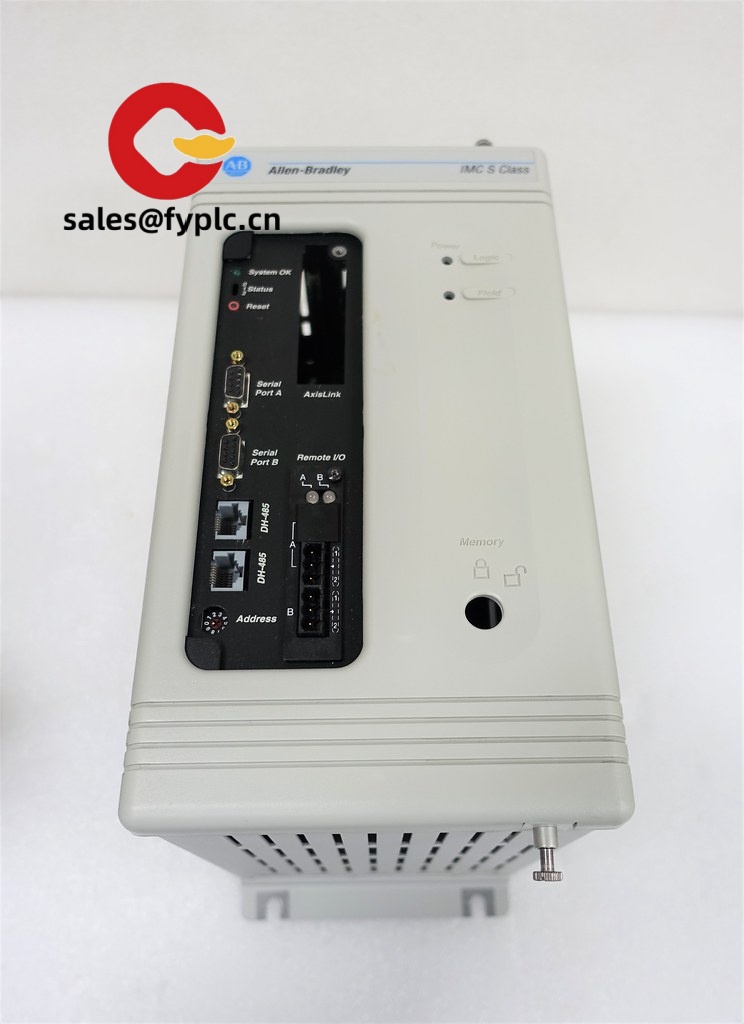
The A‑B 4100-234-R is geared for plants that still run Remote I/O (RIO) networks and need a reliable way to bring serial devices—barcode readers, weigh scales, printers, or a SCADA serial node—onto a “blue‑hose” RIO segment. From my experience, it’s a practical drop‑in when you’re extending a PLC‑5 or SLC ecosystem without a full network redesign. You might notice that projects move faster because it reduces the custom protocol work to simple serial framing and a few parameter tweaks.
Company’s Order Placement Process and Guarantees
- Warranty: 365 days
- Lead time: typically 1 week if in stock; no more than 1 month at the latest
- Payment: 50% advance payment; full payment before delivery
- Express options: FedEx, UPS, DHL
Key Features
- Serial versatility (RS‑232/RS‑422/RS‑485): Supports common serial standards so you can connect scales, printers, HMIs, or ASCII instruments without special converters.
- Remote I/O (RIO) connectivity: Interfaces directly to the RIO “blue‑hose” segment, which is still widely used in PLC‑5/SLC systems.
- Configurable baud and framing: Typical serial settings (e.g., 300–115.2 kbps, 7/8 data bits, parity options) to match legacy devices with minimal fuss.
- Isolated ports and diagnostics: Electrical isolation and front‑panel status LEDs help reduce noise issues and speed up troubleshooting.
- DIN‑rail or panel mounting: Compact footprint fits crowded cabinets; wiring is straightforward for maintenance teams.
- Industrial temperature range: Designed for control cabinets in typical plant conditions, usually 0…55°C operation.
Technical Specifications
| Brand / Model | Allen‑Bradley (A‑B) 4100-234-R |
| HS Code | 8537.10 (Boards/panels for electric control, ≤1000 V) |
| Power Requirements | 24 VDC nominal (typically 18–30 VDC), ≤6–10 W in most applications |
| Signal I/O Types | 1x serial port (RS‑232/422/485), 1x Remote I/O (RIO) interface |
| Communication Interfaces | Serial: up to 115.2 kbps (configurable); RIO: standard blue‑hose (Belden 9463 or equivalent) |
| Operating Temperature | 0 to 55°C (32 to 131°F) typical control cabinet environment |
| Installation Method | DIN‑rail or panel mount; screw terminals for field wiring |
| Dimensions & Weight | Compact module; typically around 130 × 110 × 35 mm; under 0.5 kg |
| Status / Diagnostics | Front LEDs for power, serial activity, and RIO link status |
| Configuration | Dip‑switch/jumper or utility‑based (depends on revision); serial framing & RIO addressing set during setup |
Application Fields
- Legacy PLC‑5 / SLC lines: Add serial peripherals to existing RIO segments without migrating to ControlNet or EtherNet/IP.
- Process and packaging: Connect weigh scales, labelers, and print/apply systems that speak simple ASCII or Modbus‑RTU serial.
- Material handling: Tie barcode scanners and conveyors into RIO‑based cells to keep throughput data visible to the PLC.
- Utilities and retrofit projects: Bridge serial transmitters or annunciators into older RIO infrastructure during phased upgrades.
Advantages & Value
- Preserves installed assets: Keep proven RIO networks running while adding modern or replacement serial devices.
- Lower integration risk: Simple, well‑understood serial parameters—less time on custom drivers, more time on commissioning.
- Compatibility minded: Works with the cabling and addressing practices your maintenance team already knows.
- Serviceability: Status LEDs and clear wiring points reduce downtime when troubleshooting at 2am—been there.
- Procurement clarity: Stable availability with a clear spare strategy for legacy lines, which typically saves budget on full migrations.
Installation & Maintenance
- Cabinet standards: Mount on DIN‑rail in a clean, ventilated panel. Maintain spacing for airflow and service access.
- Power & grounding: Use a regulated 24 VDC source. Tie shields and reference grounds per RIO/serial best practices to avoid ground loops.
- Wiring: Use Belden 9463 (or equivalent) for RIO; keep serial cables short or properly terminated for RS‑485 2‑wire/4‑wire as needed.
- Safety: De‑energize before wiring. Verify RIO addressing and baud settings prior to putting the node online.
- Routine checks: Inspect terminations quarterly, clean dust from vents, and verify LEDs/diagnostics after firmware or device changes.
- Firmware/config: If your unit revision supports it, keep configuration backups; confirm firmware alignment across spares—this avoids odd edge cases in many plants.
Quality & Certifications
- Certifications (typical): CE, UL/cUL; RoHS compliant components; manufactured under ISO 9001 quality systems.
- Warranty: 365‑day warranty from our side for replacement or repair support.
- Traceability: Lot/serial trace available; we can provide test reports upon request.
Supporting Components (commonly paired)
- Belden 9463 blue‑hose RIO cable or equivalent twinax for robust fieldbus runs.
- 24 VDC industrial power supply with proper derating and surge protection.
- Surge/EMI protection for serial lines in high‑noise environments.
One thing I appreciate is how units like the 4100‑234‑R let you extend the life of proven RIO systems while bringing in the data your operators actually need. If your application leans more toward DH+ or DH‑485, share the details—there are close model variants and we’ll match the interface precisely.

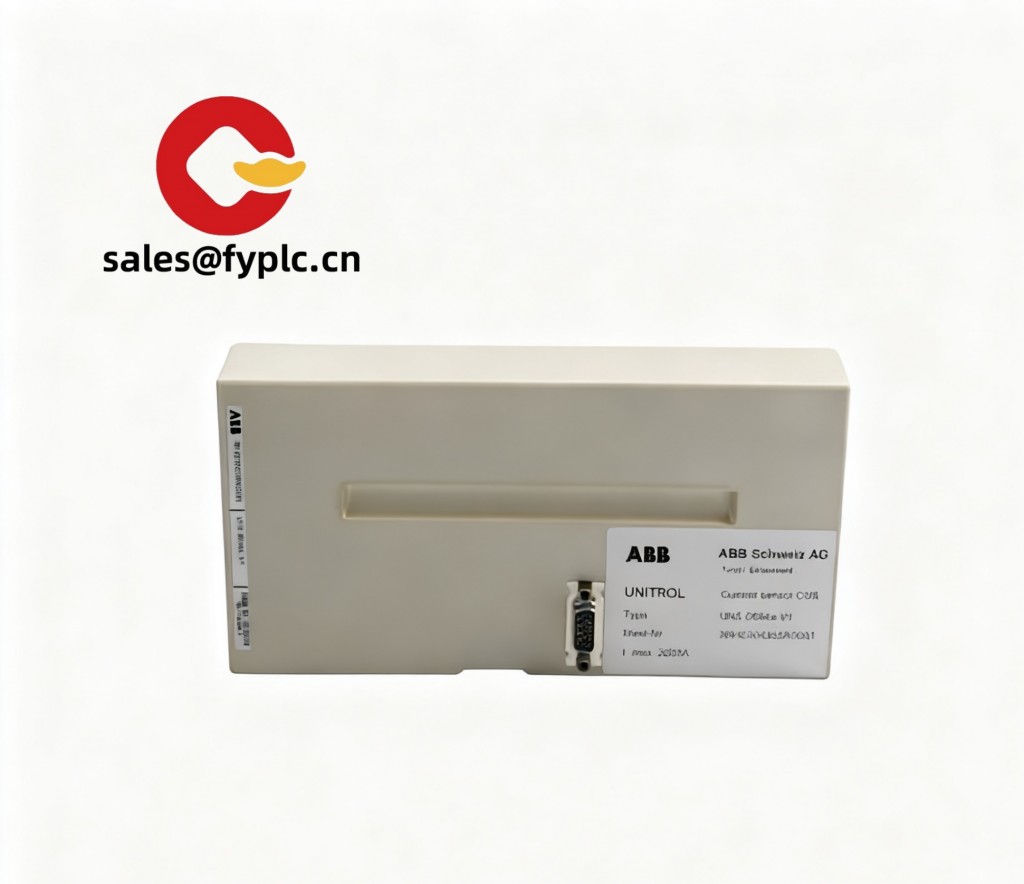
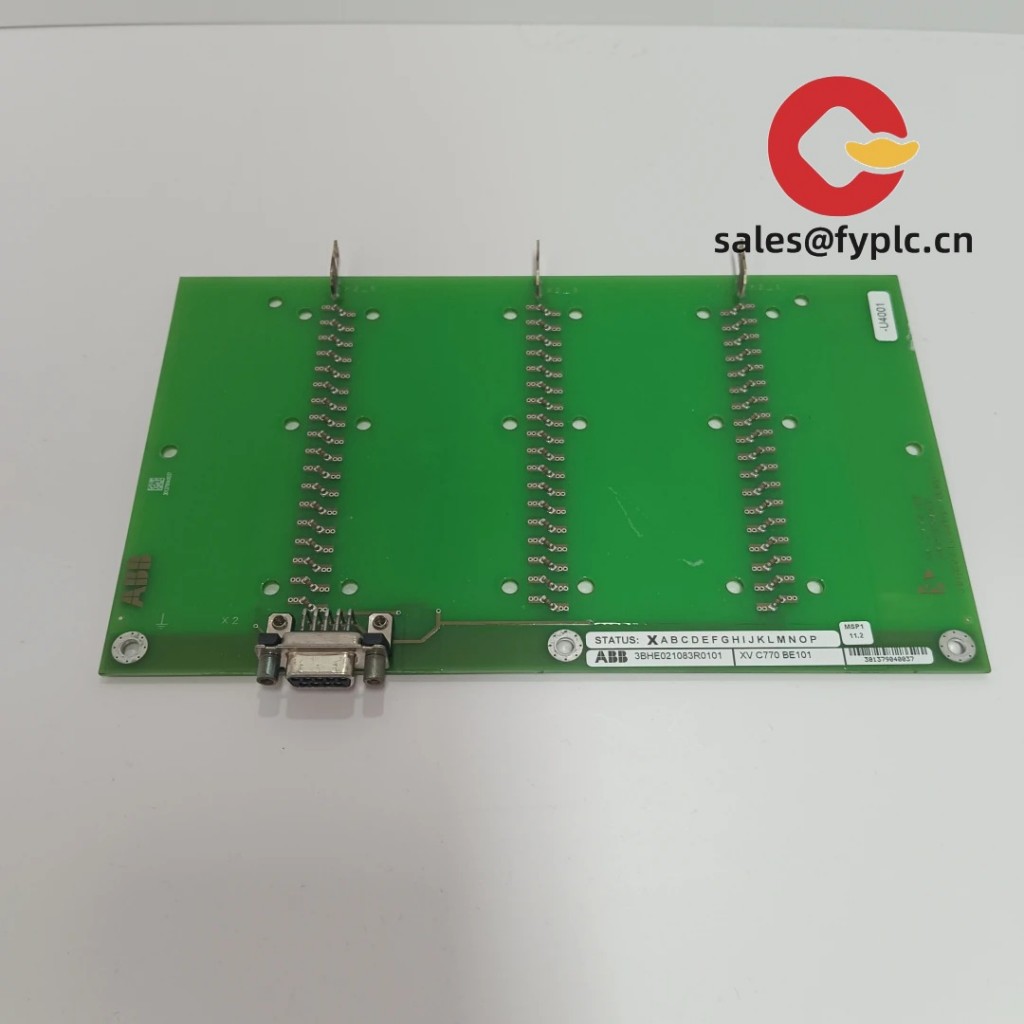




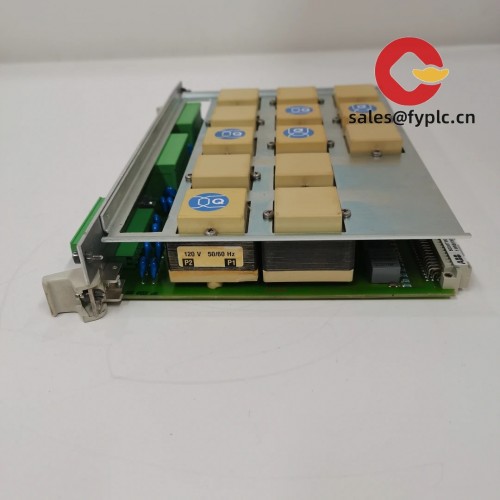
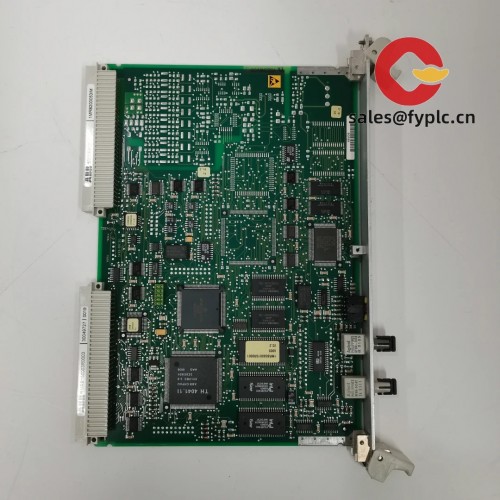
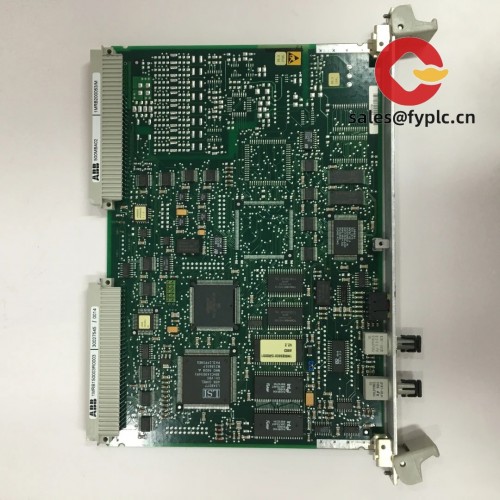
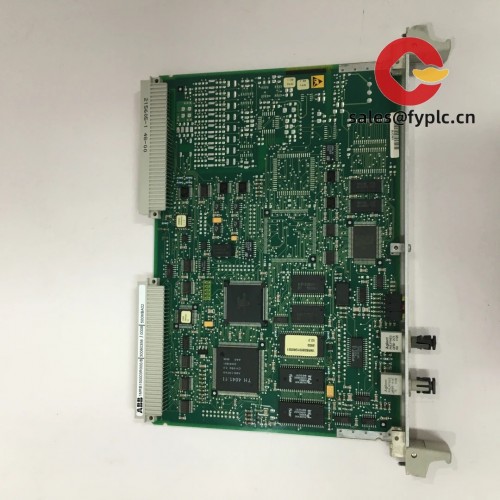
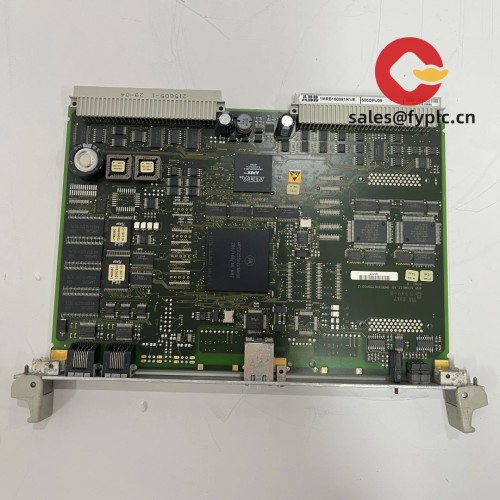


Reviews
There are no reviews yet.